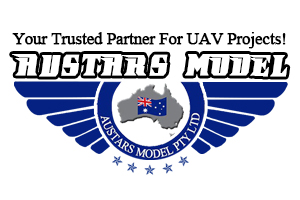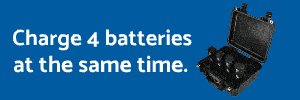- Joined
- Jan 17, 2018
- Messages
- 94
- Reaction score
- 43
- Age
- 51
- Location
- Memphis, TN
- Website
- www.rogercotton.com
Looking for advice and tips from some of the more experienced pilots who have flown high altitude flights. Anything I should know? Any advice? Anything specific I should tell the FAA in my waiver request?
I'm a member of a local model rocket club and surprisingly enough, the FAA grants us a 6,500 foot AGL airspace waiver for a few hours the 2nd Saturday of every month, right here in the middle of Memphis. They literally divert FedEx traffic so we can fly. We do have to call the tower and give them a 10 minute heads up for any high power flights (basically, if it's going to break 3,000 feet, they give us a 20 minute window starting when we call.
We thought it would be cool to get some aerial video above some of these launches. We never like to push much more than 3,000 feet on a launch just because it makes our recovery area smaller. Even our black powder launches are in the 1,000 - 1,500 range, so obviously over the 400 foot drone restriction. So I'm wanting to basically piggyback a drone altitude waiver with our launch altitude waiver. Seems it would be a no-brainer for approval.
So, any advice for the FAA application for safety issues I should address?
Any advice for flying at 4,000 feet? Is it still considered line of sight? I mean, it's there, in my line of sight, but can you really *see* a P4P at 4K feet?
Thanks y'all ...
I'm a member of a local model rocket club and surprisingly enough, the FAA grants us a 6,500 foot AGL airspace waiver for a few hours the 2nd Saturday of every month, right here in the middle of Memphis. They literally divert FedEx traffic so we can fly. We do have to call the tower and give them a 10 minute heads up for any high power flights (basically, if it's going to break 3,000 feet, they give us a 20 minute window starting when we call.
We thought it would be cool to get some aerial video above some of these launches. We never like to push much more than 3,000 feet on a launch just because it makes our recovery area smaller. Even our black powder launches are in the 1,000 - 1,500 range, so obviously over the 400 foot drone restriction. So I'm wanting to basically piggyback a drone altitude waiver with our launch altitude waiver. Seems it would be a no-brainer for approval.
So, any advice for the FAA application for safety issues I should address?
Any advice for flying at 4,000 feet? Is it still considered line of sight? I mean, it's there, in my line of sight, but can you really *see* a P4P at 4K feet?
Thanks y'all ...






